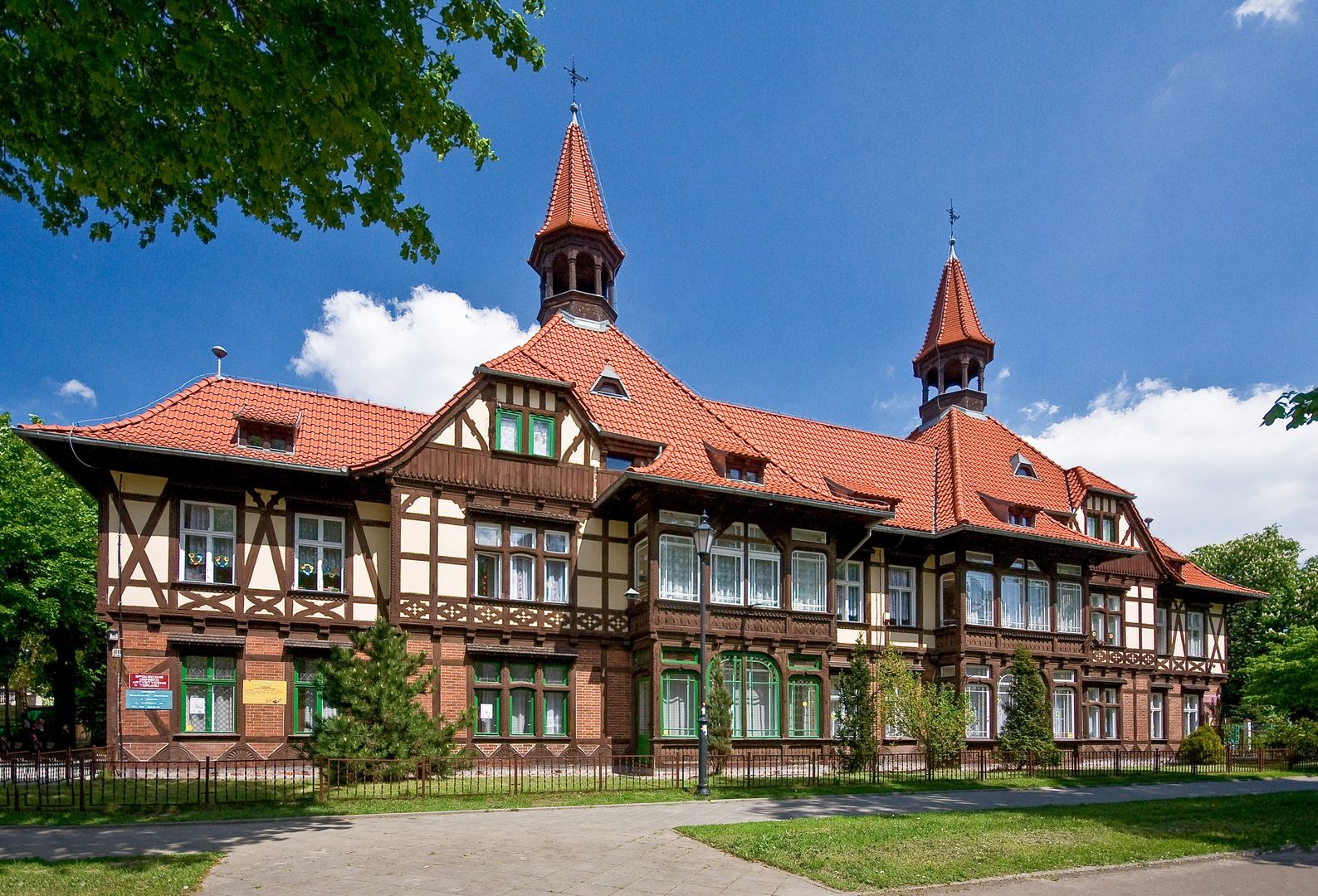Embassy of Germany in Poland
6.03

Overview
The German Embassy in Poland, located at Jazdów 12 in Warsaw, plays a key role in relations between Germany and Poland. Its architecture, designed by Holger Kleine Architekten, was completed between 2005 and 2007 and is a modern building that harmoniously blends into its surroundings. The diplomatic mission consists of several departments, including political, press, economic, and cultural affairs, promoting bilateral relations not only in the political sphere but also culturally. The embassy's cultural activities include cooperation with the Goethe-Institut, which operates in Warsaw and Kraków, promoting German language and culture through courses, exhibitions, and events.
The history of the embassy dates back to before World War I, when various German consulates operated in Warsaw. The interwar period was marked by unstable diplomatic relations, and in 1939, the embassy was bombed by the German Luftwaffe, leading to its closure in 1940. After World War II, diplomatic relations were reestablished with the Federal Republic of Germany and the German Democratic Republic, resulting in the creation of various consulates and trade missions. An interesting fact is that between 1980 and 1990, the headquarters of the GDR Embassy housed the Warsaw Operational Group, a unit of the Ministry for State Security. With the fall of the Berlin Wall and the reunification of Germany, the embassy once again became a key location for the development of Polish-German cooperation. The monumental installation "Through Warsaw to Freedom," unveiled in 2010, commemorates the evacuation of GDR citizens to the West, thus linking the history of Polish-German relations with contemporary events. Overall, the embassy not only serves administrative functions but also cultural ones, acting as a meeting place and a platform for dialogue between the two nations.
Location
Tickets
Powered by GetYourGuide
2025 Wizytor | All Rights Reserved